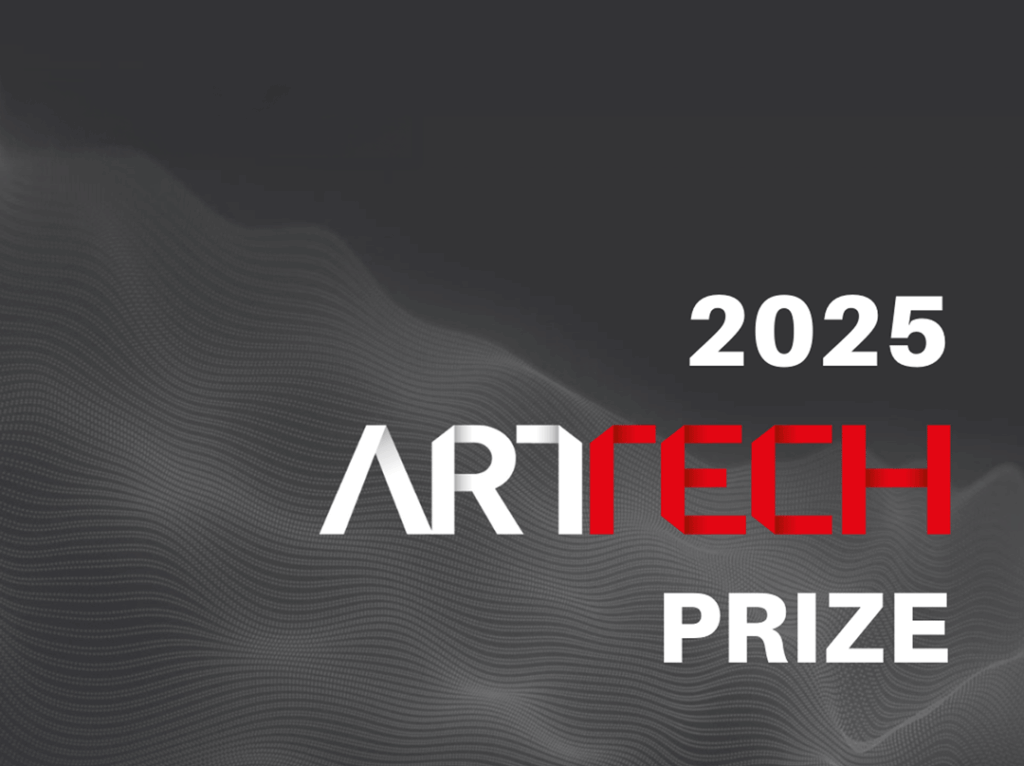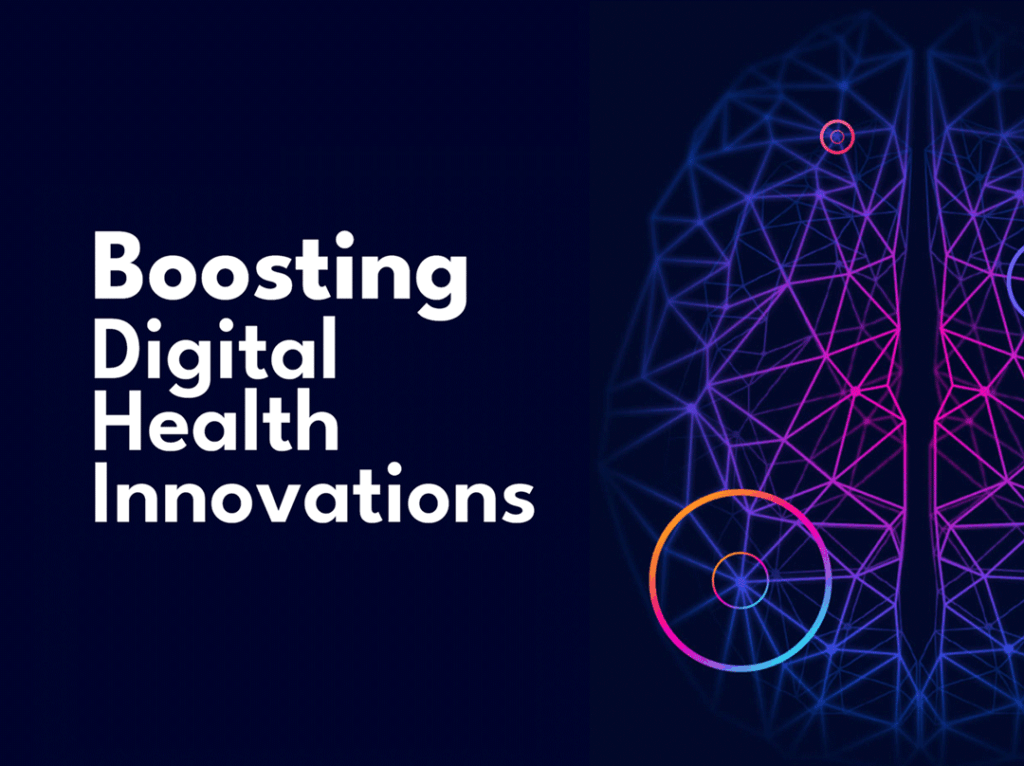Ligentec photonic chips to power Industry 4.0
Instead of working with electrons, photonic integrated circuits rely on photons (particles of light). They require much less energy than electronic chips, and can concentrate much more computing power on a smaller surface area.
Ligentec is a pioneer in a field that is already at the cutting edge of progress: photonic integrated circuits. Integrated circuits are the power sources of computer chips: they traditionally rely on electrons - hence the name "electronic circuits" - but photonic circuits work with photons, which are considered particles of light. This has a number of advantages: photonic chips require far less energy than electronic chips, and can concentrate far more computing power on a smaller surface area. They pave the way for a whole new generation of high-tech robots, sensors and quantum computers.
With its photonic integrated circuits, Ligentec - short for light generating technologies - goes one step further. Thanks to its proprietary all-nitrided core technology, its chips offer greater miniaturization and processing capacity, and can be deployed in a wide range of applications. Michael Geiselmann, the company's co-founder, explains the advantages of his technology - developed in the canton of Vaud, at EPFL - and why he considers this region to be an ideal ecosystem for start-ups in the microtechnology sector.
What makes Ligentec's photonic chips revolutionary?
I'd say our technology is distinguished by two main factors. The first is the material we use in our wafers: silicon nitride gives our chips an ultra-wide bandwidth of transparency. This means they can be used in a much wider range of devices - from sensors to telecommunications equipment - whereas most chips can only be used for a single application. The second differentiating factor is our manufacturing process. This is based on proprietary knowledge and "tricks" that give us a competitive edge. For obvious reasons, I don't want to describe these tricks, but I can say that we are the only commercial supplier of photonic chips in the world to use this particular process - and therefore to offer the resulting efficiency gains.
How will your chips contribute to the transition to Industry 4.0?
Our solution is truly a technology of the future. It provides added value in aspects that will be essential for reaching the next stage of the industry. When we speak of Industry 4.0, we generally mean the use of digital systems and automation to transform the way products are manufactured, blurring the boundaries between the digital and physical worlds. The result is greater safety and productivity, with less waste and downtime. Ligentec's photonic chips will contribute to this evolution, enabling significant advances in performance across a range of markets: from sensing and imaging systems to telecoms, datacoms and even augmented reality. Our chips can also enhance LiDAR systems, the laser sensors that enable autonomous vehicles and robots to navigate their environment with precision. Photonic chips in general, and ours in particular, can perform many operations that are simply not possible with electronic integrated circuits, and are therefore a perfect complement to the electronic world.
What advantages do you see in being based in the canton of Vaud?
One of the main advantages is the microfabrication expertise available here. The production of our chips is largely based on the same methods used for electronic chips. And much of the microtechnology behind these methods was developed right here in Switzerland, for the watchmaking industry. Engineers here have acquired a great deal of know-how in the type of tools and processes we use. I'd also like to mention EPFL's state-of-the-art manufacturing facilities, which have been an essential resource. So that's one of the main advantages of Switzerland and the canton of Vaud.
How has being part of the Scale Up Vaud network helped you?
I was in contact with Innovaud right from the start, when we were setting up a company to commercialize our technology. They helped us understand the local startup ecosystem and navigate the path from research lab to established company. The team put us in touch with key people here in the canton of Vaud, not least to explore funding opportunities - we were able to secure an interest-free loan from FIT and participate in the Venture Kick and ESA Business Incubation Centre programs, for example. We were also recently recognized as a Vaud Scale-Up, in view of our rapid growth. It's only been this year, but I can already say that the Scale-Up program has been great for meeting CEOs of other companies of a similar size. We all face the same challenges at this stage of our business development, whatever the sector, and sharing our experience and lessons learned together has been very useful.
What are your future plans for business development in the canton of Vaud and internationally?
We plan to maintain the R&D side of our business in the canton of Vaud. EPFL provides a fantastic pool of qualified engineers, in addition to the facilities I mentioned earlier. At present, we have a team of 35 employees, but we are currently hiring and hope to reach 45 by the end of the year. On the international front, we have established a partnership with a large-scale manufacturing company in France to enable us to produce our chips in large quantities; without this, building our own production capacity from scratch would be too big an investment. Being part of the Scale-Up Vaud program will also help us develop our business, as it will raise our profile in the canton of Vaud and throughout Switzerland, and make us more attractive as an employer and technology partner. The only drawback is that Switzerland is currently excluded from the CHF 100 billion Horizon Europe research program.
Are there any professional challenges that keep you up at night?
At the moment, our biggest challenge is undoubtedly choosing which technological application and market to focus on. As I mentioned earlier, our chips can be used in a whole range of applications - but we don't have the resources to develop all of them. And all the markets we address are growing fast. The demand for photonic ICs is high in all areas, but we have to choose the specific application and market segment with the greatest potential for us in the future. I guess that's a nice problem!
Source : Innovaud




